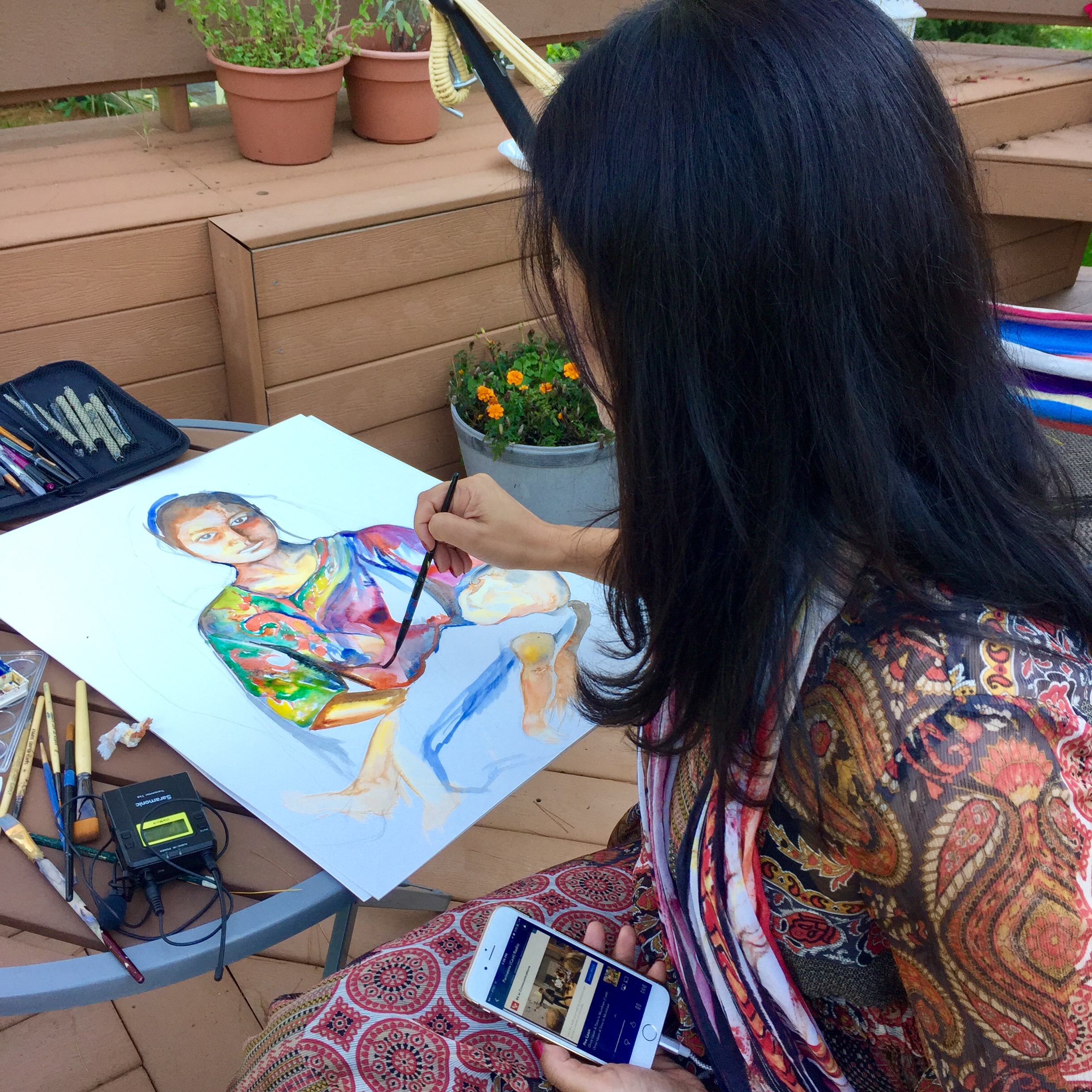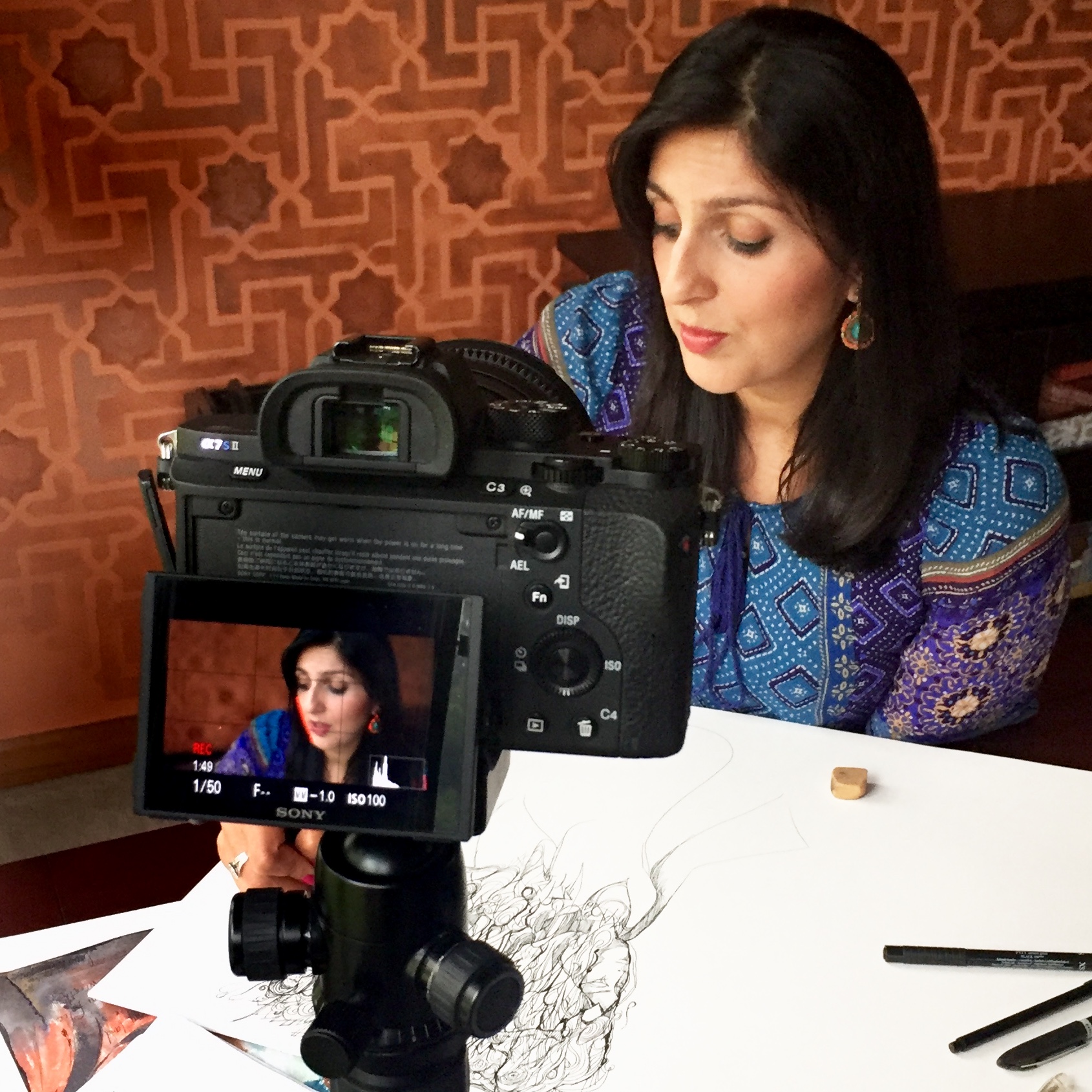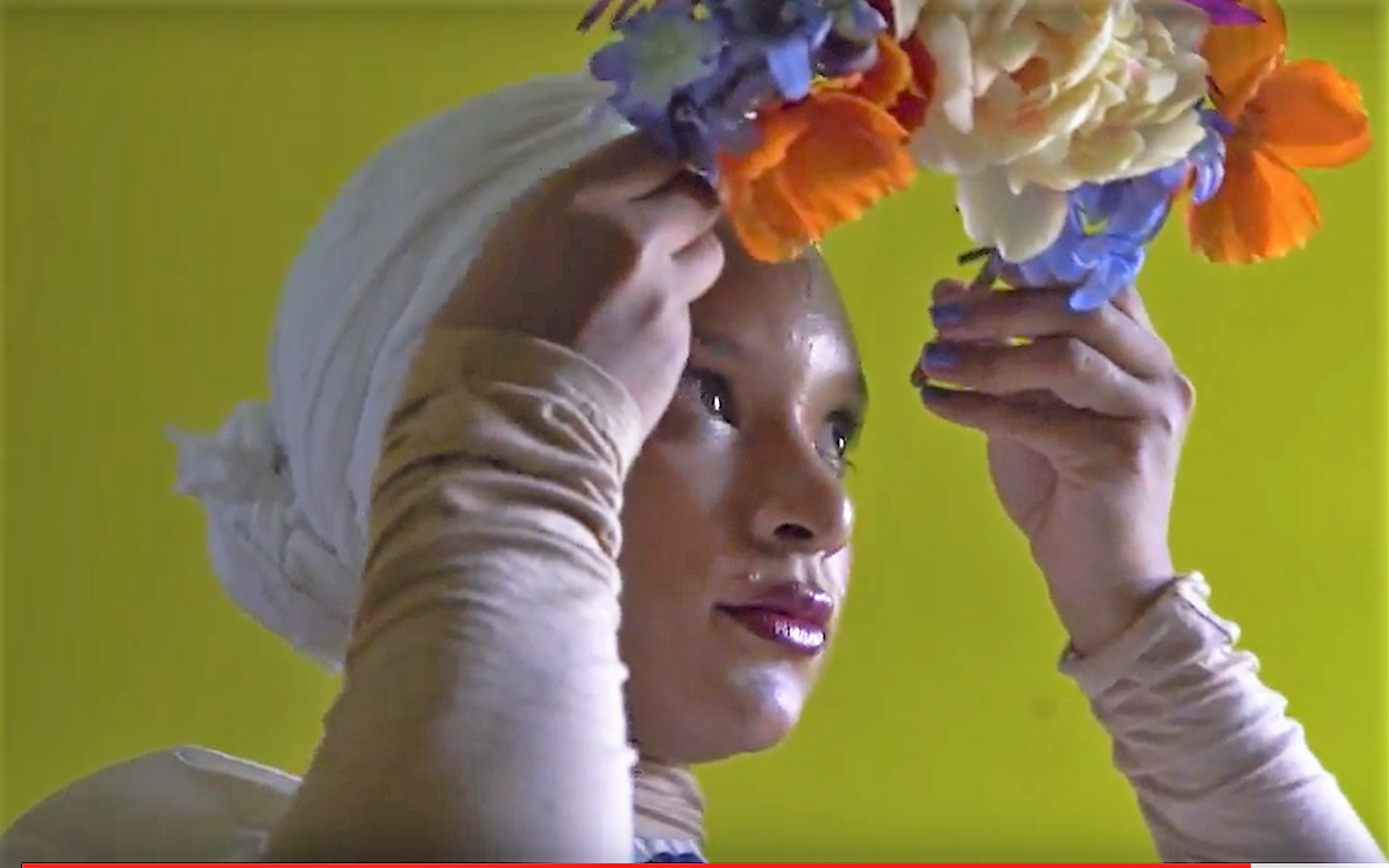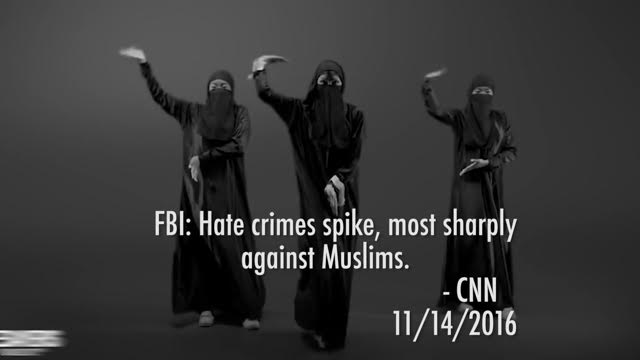AltMuslimah recently interviewed filmmaker Usmaan Z. Chaudhry about his upcoming documentary on art and artists in the U.S and how they shape our country’s cultural identity.
What is your documentary about and when will it release?
Through the eyes of artists from diverse backgrounds, my documentary aims to demonstrate how a greater representation of minorities in the arts can benefit our country’s national and cultural identity. The film’s anticipated release date is December 2018.
What is your main motivation behind the decision to create this documentary?
The arts – painting, music, film, literature, etc. – comprise so much of the cultural fabric around us that if they were truly representative of the American population, I think we’d see a greater understanding and respect across different religions, genders and ethnicities. In this way, we would have a more unified national identity. The arts are a way in which groups that otherwise may not have a strong voice in the political or decision-making processes can be heard, so I hope my film will be a step towards increasing this representation.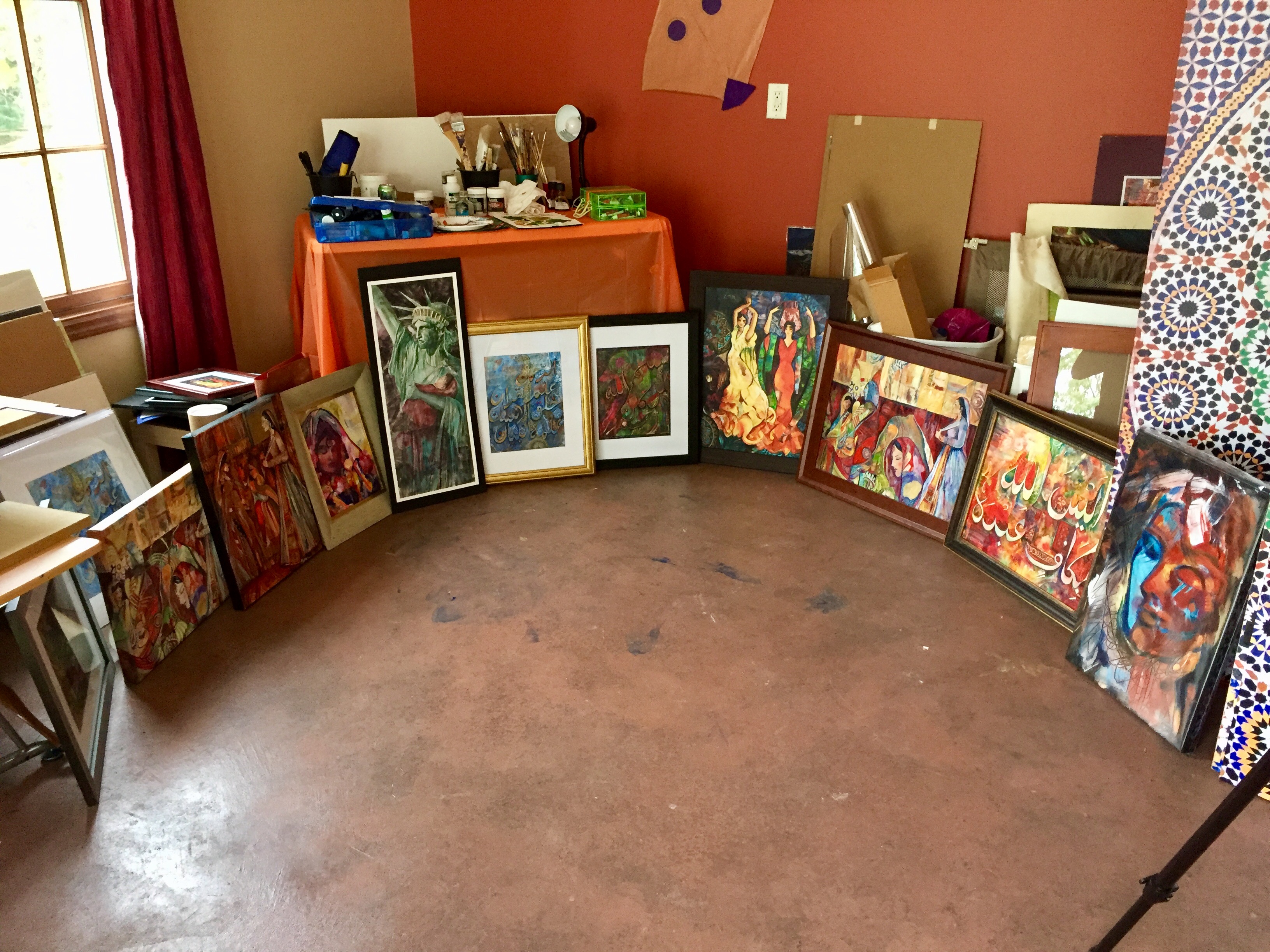
Will your documentary feature Muslim Americans?
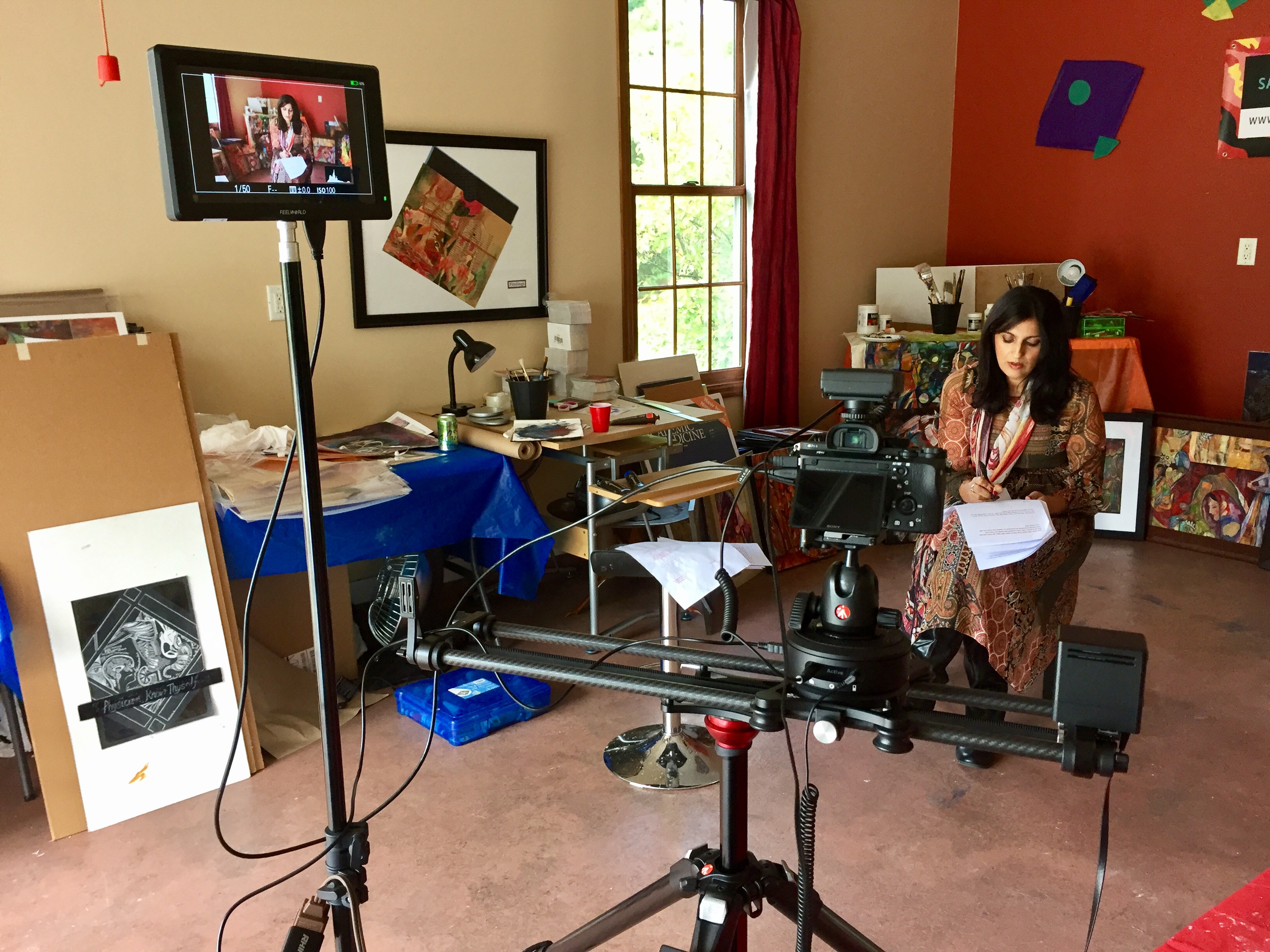
Scenes from the documentary
Yes, one of the artists to be featured in my documentary is a Muslim American. If you look at the mentions of Muslims or Islam in the media, you’ll find they’re almost all about acts of terrorism and not much else. That’s an extreme and non-representative narrative. When you talk to a Muslim citizen, it’s highly likely he/she will tell you the individuals instigating such incidents believe in a twisted version of Islam – a degeneration that is not what Islam stands for or represents. Now take that media footprint plus the fact that the public rarely sees Muslims represented in the arts and you end up with a negative narrative and little to counter it. By including a portrait of a Muslim American in stark contrast to the stereotypes shown in the media, I hope to contribute to a more complete, balanced, and positive picture of Muslim Americans.
What role do you think gender plays in the arts, specifically as it pertains to Muslim women?
The gender of the artist can certainly affect how his/her art is perceived by an audience.
Muslim women usually find themselves as the subjects of art rather than the creators, which tallies with the widely held view in the West that Muslim women are a kind of helpless ‘victim’ in need of a voice to help speak out against their oppressors.
Recently though, I think this trend is beginning to change, at least within the U.S. More Muslim women have been creating art to correct inaccurate perspectives held by the public. In fact, one of the artists I’m featuring in the documentary is a Muslim woman who frequently creates works of art focusing on issues of social justice, religion, etc.
Why do you think now is the optimal time for this piece of work?
Since the current administration took over in January of 2017, the American political landscape has been far more turbulent than normal. The Muslim travel ban, the shunning of science, data and reason, the increased frequency of hateful rhetoric and divisive tactics – these are the very things the arts have historically spoken out against. The arts are one of the foremost ways to encourage inclusivity and stamp out bigotry – and that’s why efforts like this documentary I hope to produce are essential, now more than ever.
Why do you think it is so important for there to be representation of all kinds of diverse groups in the arts?
The U.S. is built on a ‘melting pot’ construct, yet the arts in our country often showcase a narrow slice of the American demographic. When people interact with the arts and humanities – whether it’s a painting, song, movie or book – they connect with it far more strongly if they actually see a piece of themselves represented in that work. At the end of the day, people want to see themselves represented in the cultural fabric of the country. Representation, after all, is what gives us a sense of identity and belonging. And therein lies the key. When the entire demographic feels a stronger connection with our country’s national identity, we will start making far more progress against divisive forces and irrational fears.
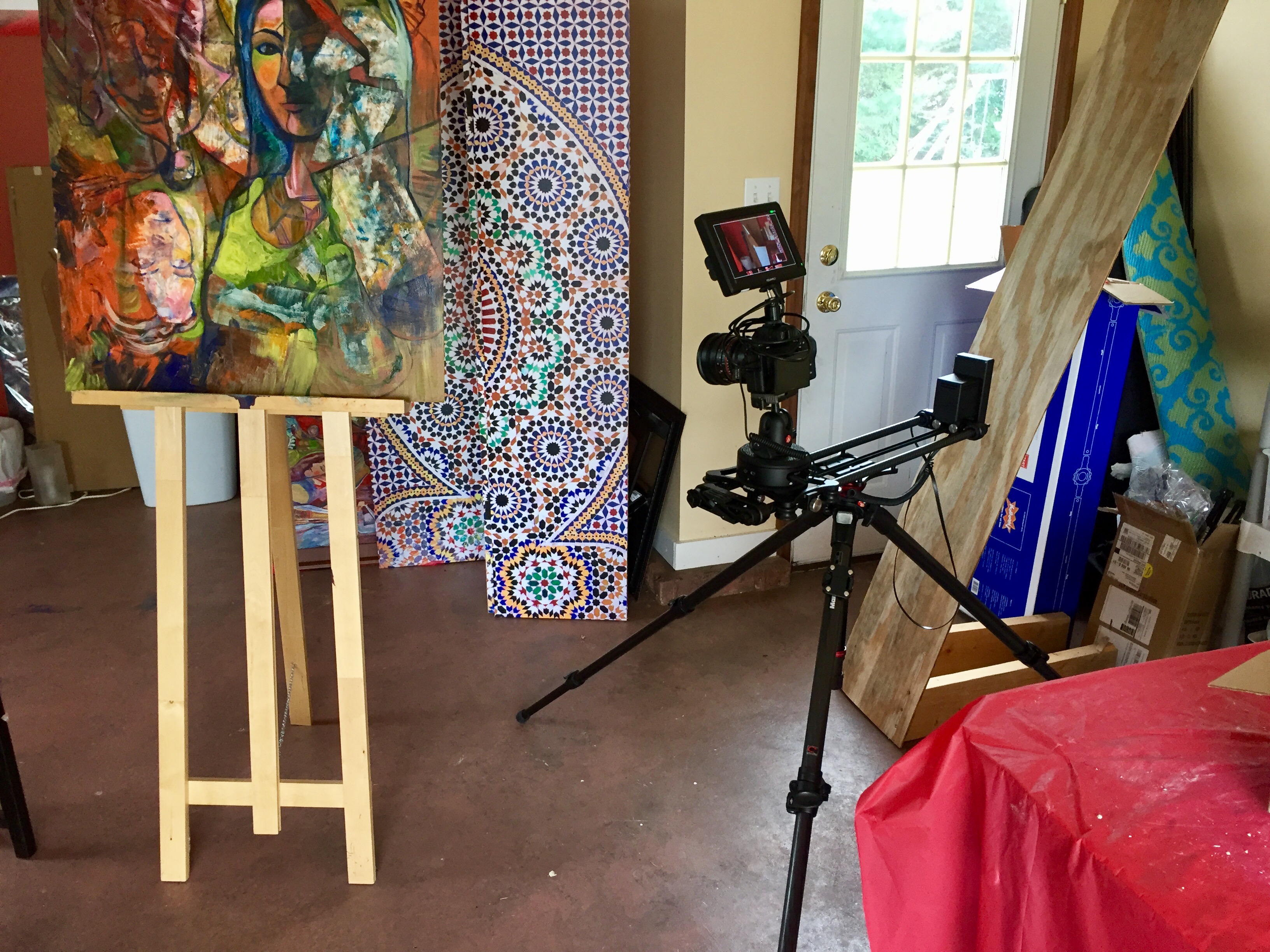
Scenes from the making of the documentary.
What is your response to people who consider science indispensable and the arts disposable?
Both are equally essential and in fact complement one another. It’s ignorant to be dismissive of the arts and how impactful they are on our society. Here’s just one example: In 2011, the National Center for Creative Aging prepared a white paper discussing the arts and human development. The paper examined a collection of studies and laid out the positive effects of the arts on all segments of the life-span – children, youth, and older adults. Art programs in schools are correlated with higher levels of language development and improvement in spatial cognition, non-verbal IQ and numeracy. Art programs in schools also mean a greater likelihood to do well in higher education, find a job and participate in the civic process. And if that’s not enough, the arts are tied to higher achievement in the sciences as well. In older adults, the arts are tied to better physical health, higher morale and less loneliness. Employers are increasingly looking for candidates who demonstrate the ability to think creatively and problem-solve in unique ways. And there is more and more evidence demonstrating the benefits of art therapy to treat American soldiers diagnosed with post-traumatic stress disorder. If such reasons are not a call to support the arts, what is?
Zehra Rizavi is the Managing Editor at altMuslimah. If you wish to reach out to Usmaan Z. Chaudhry regarding this documentary, please email him at tellurianmedia@gmail.com.

